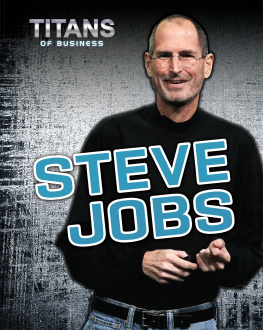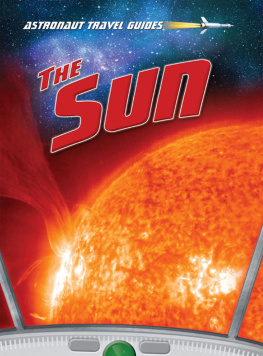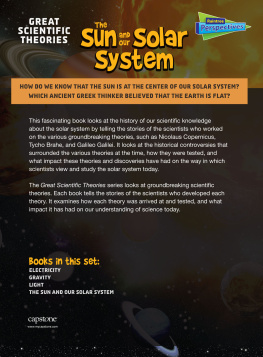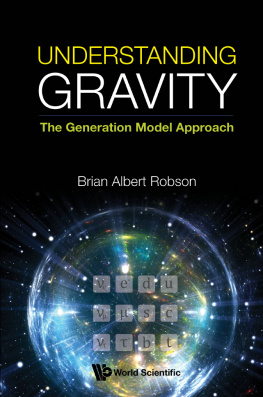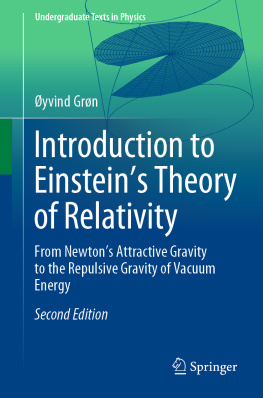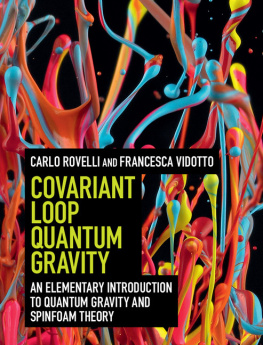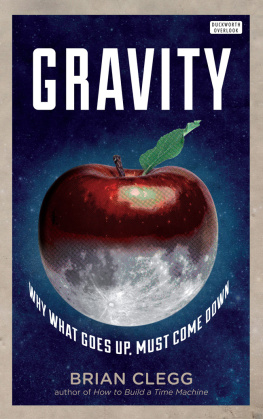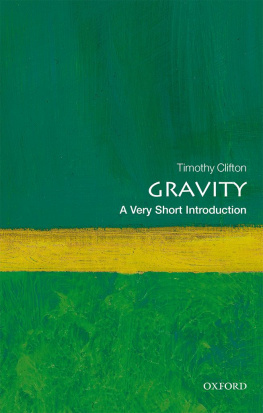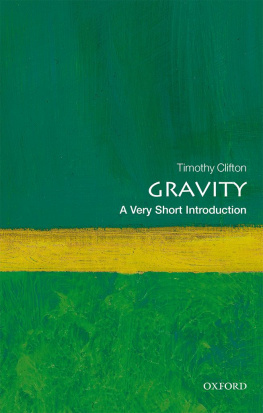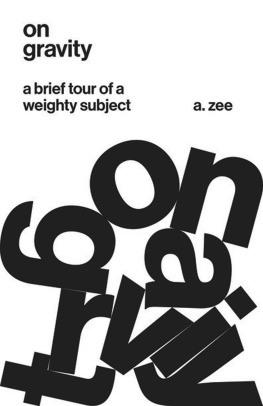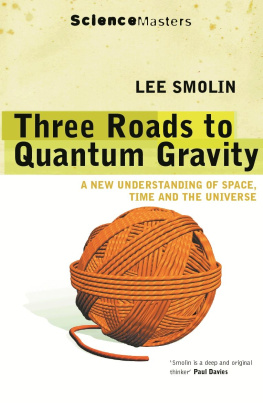TESTING THEORIES
Science is all about trying to explain the world around us. is used to try to answer some of the biggest questions about life, the universe, and everything.
Giant telescopes like this one are used to observe deep space to find evidence to support scientific theories.
New Ideas
For hundreds of years, scientists have tried to explain the world and beyond by coming up with ideas about the way things work. A scientific idea is known as a that shows their idea is correct, the idea becomes a theory.
Theories
Scientists test new theories all the time, but their ideas are built on the theories of scientists who came before them. Some of historys greatest scientists completely changed the way people thought about the world.
Scientists carry out experiments to test their ideas.
How Ideas Change
Before the ideas of modern science began to develop in the 1500s, people had many ideas that we now know to be untrue. Alchemists believed that other metals could be changed into gold. They searched for the secrets of . Later, scientists were able to prove that one metal cannot be turned into another.
The Theory of Gravity
The theory of Isaac Newton. But the story of the theory of gravity would not be complete without the contribution of many different scientists.
WHAT IS GRAVITY?
Why does the rain fall? Why do rivers flow to the sea? Why does everything that goes up come back down again? The answer to all of these questions, and many more, is gravity.
Gravity means that everything on Earth is attracted towards the center of our planet, so water flows downhill.
Invisible Force
Gravity is an invisible Earth.
Universal Force
Gravity does not just affect us and the things around us. It is the force that keeps planets.
Playing Golf on the Moon
The moon is smaller than Earth, so the force of gravity is about one-sixth as strong as it is on Earth. In 1971, American astronaut Alan Shepard decided to carry out his own experiment by playing golf on the moon. The moons weaker gravity meant that Shepards golf shots went miles and miles and miles. Thats because the gravity on the moon wasnt strong enough to hold the ball down.
ON THE ROAD TO GRAVITY
Given how important gravity is, its amazing that for thousands of years, no one really had a good explanation of what it was and why it happened. This was partly because ancient peoples ideas about how the universe worked were based on one big error they thought Earth was the center of the universe.
Arabic scholars introduced more math and measurements to the study of science.
Ancient Greeks
Ancient Greek thinkers like Aristotle (384322 bc ) believed that the sun, planets, and other stars all orbited around Earth. It seemed natural to them that everything should be pulled toward Earths center. Greek thinkers also believed that everything was made from four things they called elements. Earth and water fell to the ground, while fire and air tried to escape.
Arabs and Indians
In later centuries, Arab and Indian thinkers were the first to suggest that there might be some kind of attraction between Earth and other objects. However, it was not until the 1500s that scientists began to get a clearer picture of the universe.
Sun at the Center
In May 1543, Johannes Kepler built on Copernicus ideas by plotting the paths of the planets around the sun.
JOHANNES KEPLER
Johannes Kepler (15711630) was a German astronomer and mathematician. He was interested in from an early age. The theory of gravity would not have been possible without Keplers theories about the movement of planets.
Galileo and Motion of Objects
Galileo Galilei (15641642) was born in Pisa, Italy. He was a brilliant scientist and inventor. Galileo designed his own telescope and used it to discover four moons orbiting the planet Jupiter. This convinced him that Copernicus was right, and Earth was not the center of the universe.
Galileo was a great scientist who had a talent for getting himself into trouble.
In Trouble
When Galileos ideas were printed, he found himself in trouble with the . The powerful church taught its followers that everything orbited around Earth. They ordered the scientist to be imprisoned in his house.
Gravity
Galileo could still work and he continued to investigate gravity. He found that a experiments also told him that objects falling or rolling down a slope would accelerate, or get faster, because of this mysterious force. These discoveries helped to start a revolution in science.
LEANING TOWER OR TALL TALE?
After Galileo died, a legend grew that he had tested how fast different objects would fall by dropping them from the famous leaning tower of Pisa in Italy. This may not be a true story. However, Galileo did prove that in a , a totally empty space with no air resistance, heavy and light objects would fall to the ground at the same speed. This is due to gravity.
NEWTONS LAW OF GRAVITY
Galileos experiments solved many questions about how objects moved, but he did not try to explain why this happened. That was left to Isaac Newton (16431727).
Newtons ideas also advanced knowledge of mathematics, light, and many areas of science.




